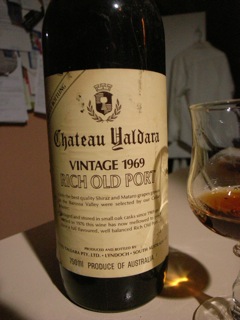Lest anyone should think that wine writers drink only top shelf samples, it should be pointed out that we also buy liquor to review and to drink. And not all of us are wine snobs. A few wine scribes have even been known to drink beer (gasp!) and dare I say it, vin ordinaire. However, I once met a well-known columnist who drew the line at cask wine.
Which brings me to everyday drinking. My good friend Prof Kim from Melbourne told me a while back that he had bought some very good wine from Grays Online Auctions, at bargain prices.
I love a bargain, so it was straight on to the site and the live bidding began. I won some and lost some but ended up buying a few dozen bottles: Hunter Valley reds, Canberra rieslings, Margaret River viogniers, to name but a few.
All the wine was delivered in good condition. On tasting, the reds were good quality quaffers. An aged riesling was in tip-top condition, a young viognier excellent drinking. I checked a couple of the prices on winery websites and found one of the wines retailed at $18 per bottle and another for $22.
Why are they sold at auction? I suspect a number of reasons. A glut of stock. Cash flow problems, taxation bills – but who knows?
Now here’s the good part. Using the trusty calculator, I averaged out the cost of all the auction wine I had bought and it came to approximately $4.75 per bottle. This price included the buyers’ premium of fifteen percent and the courier delivery cost of $12 per dozen. A bargain deal if ever I had one. Highly recommended.

